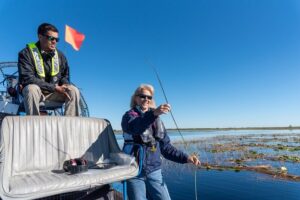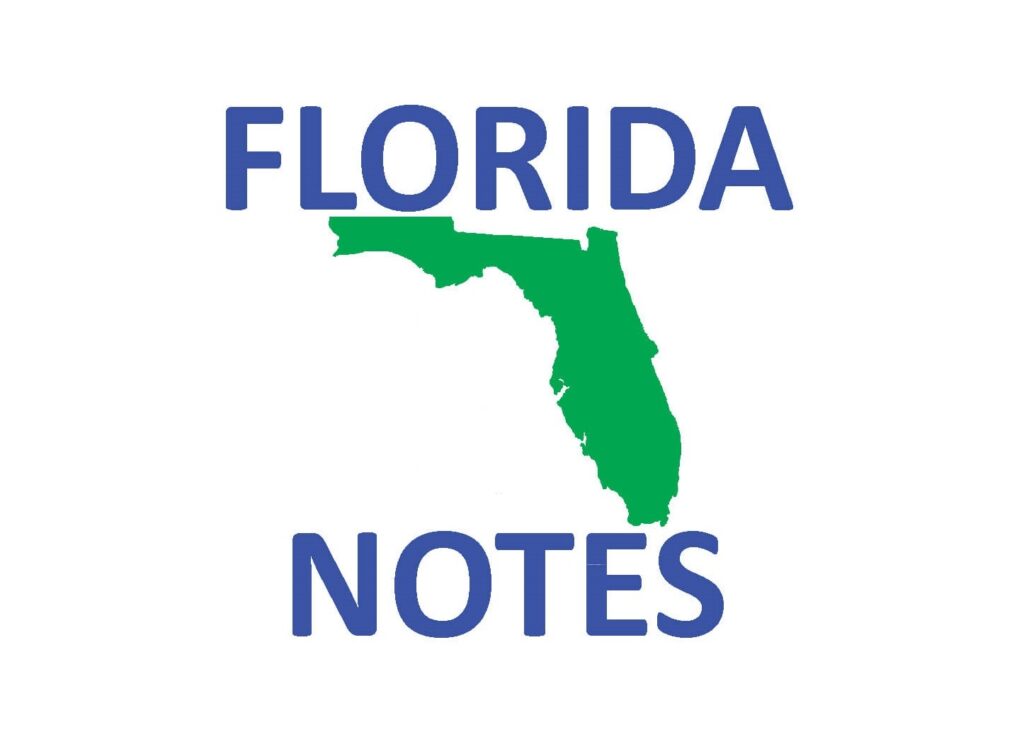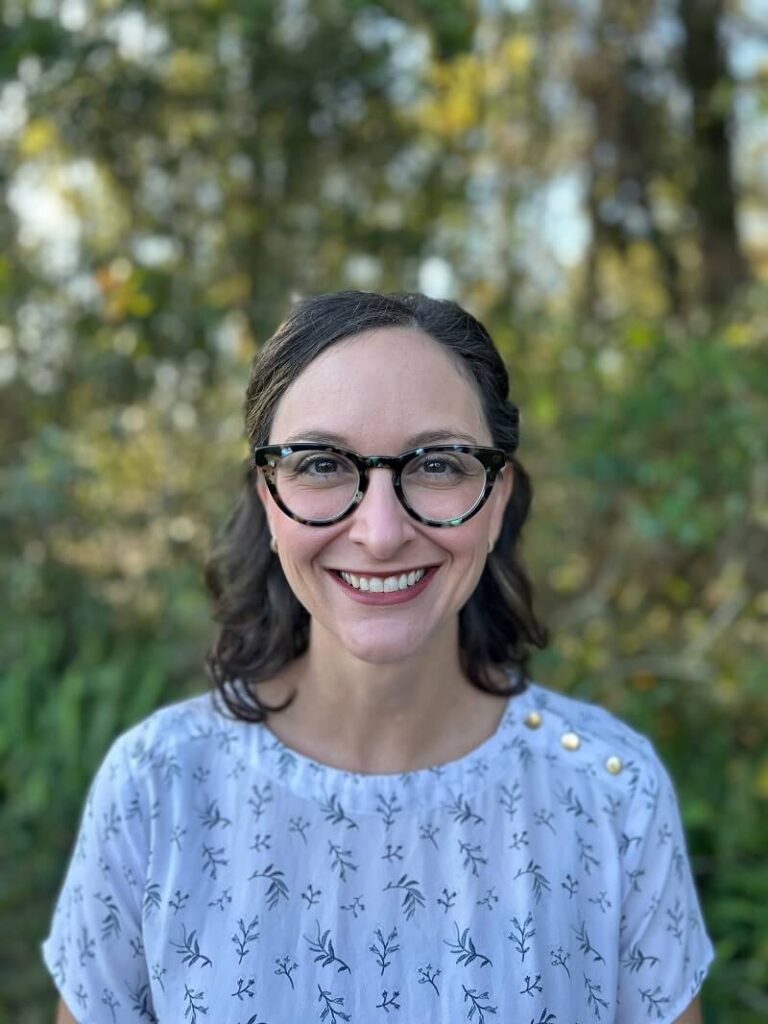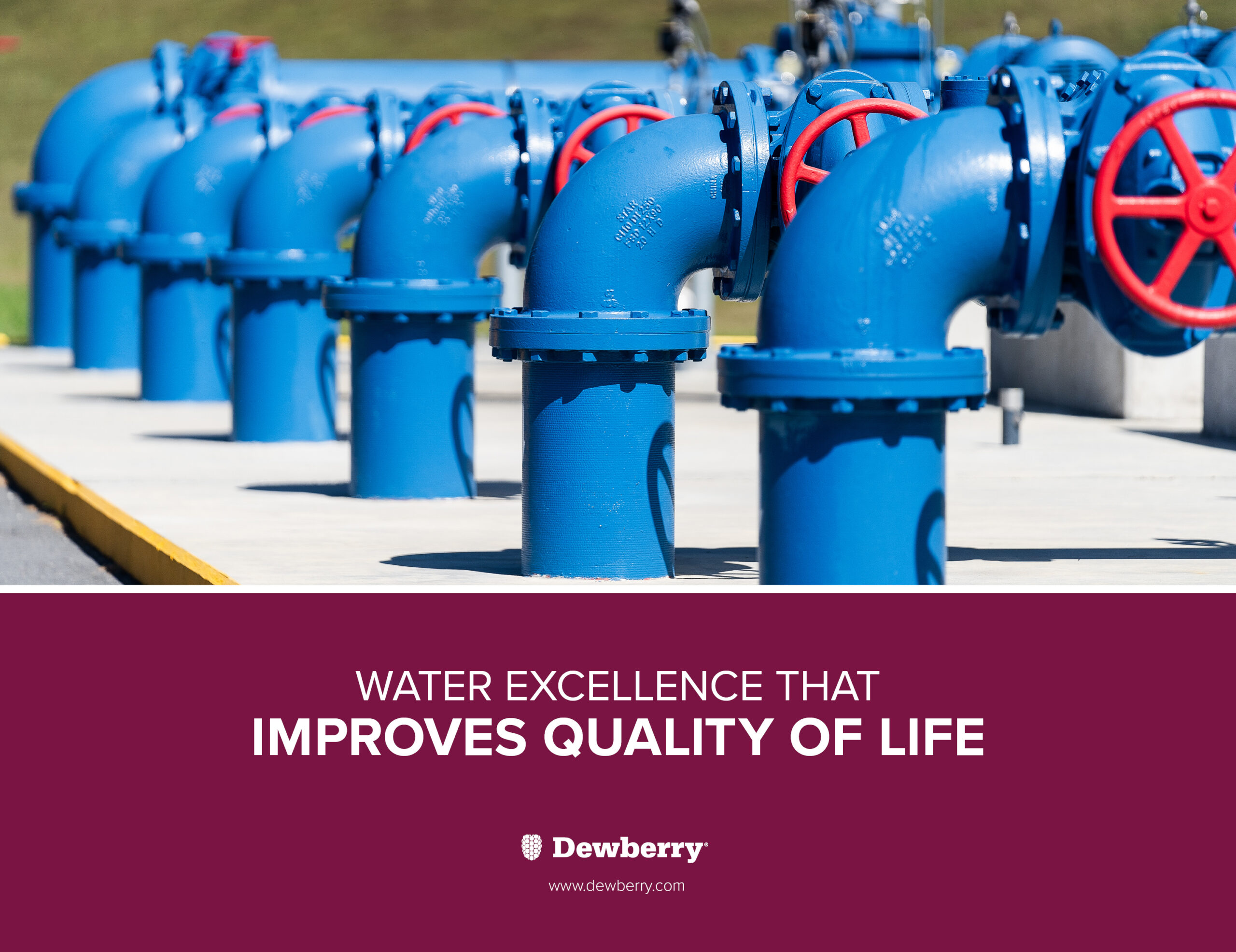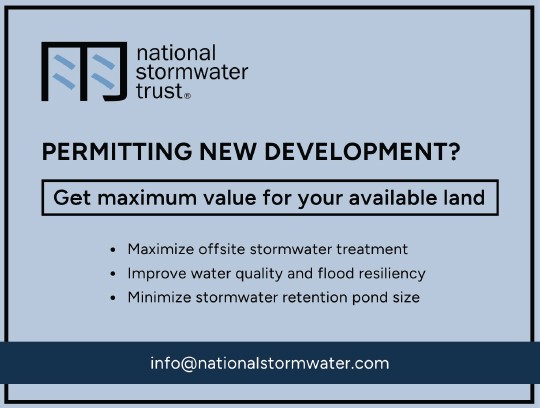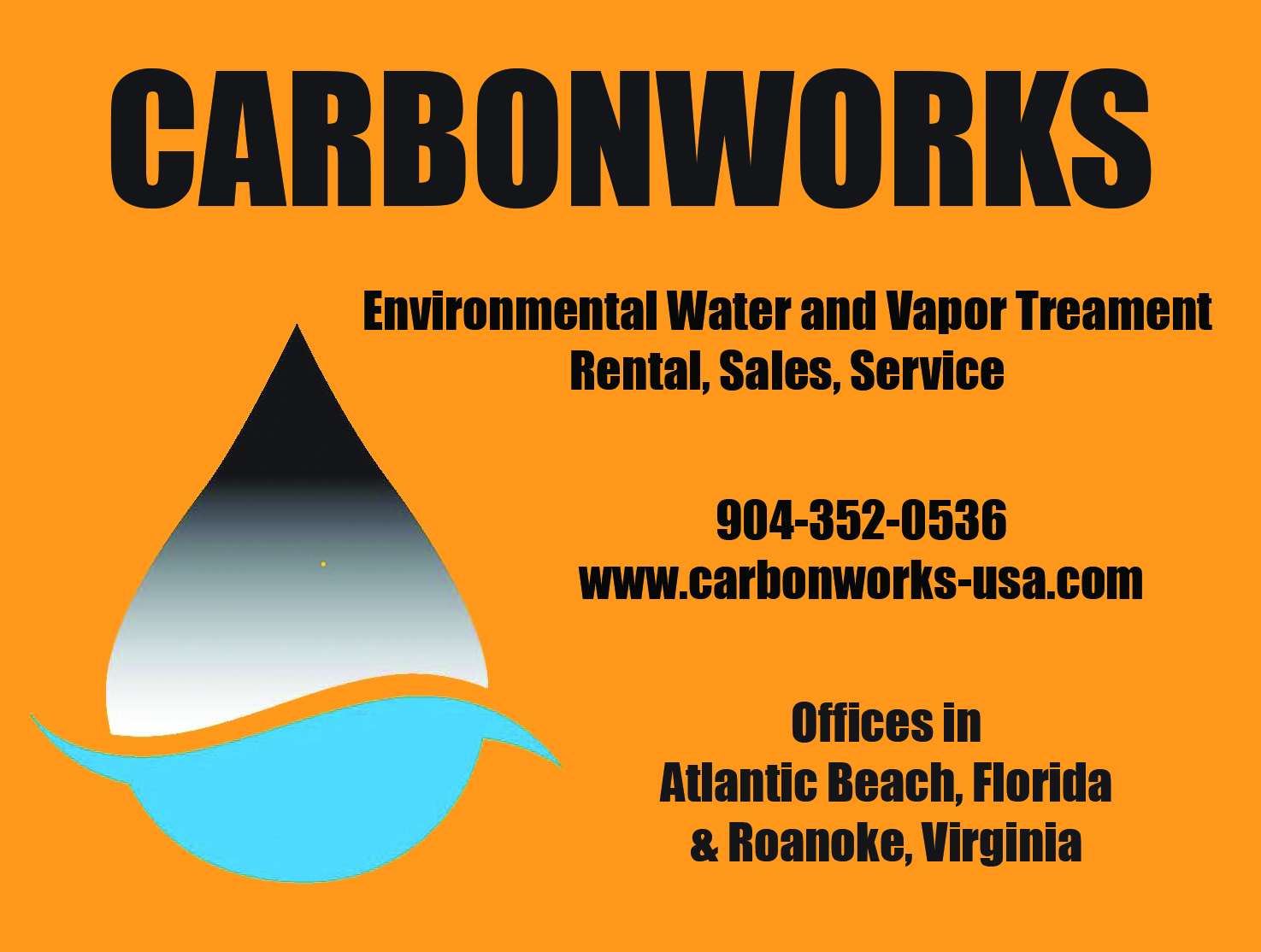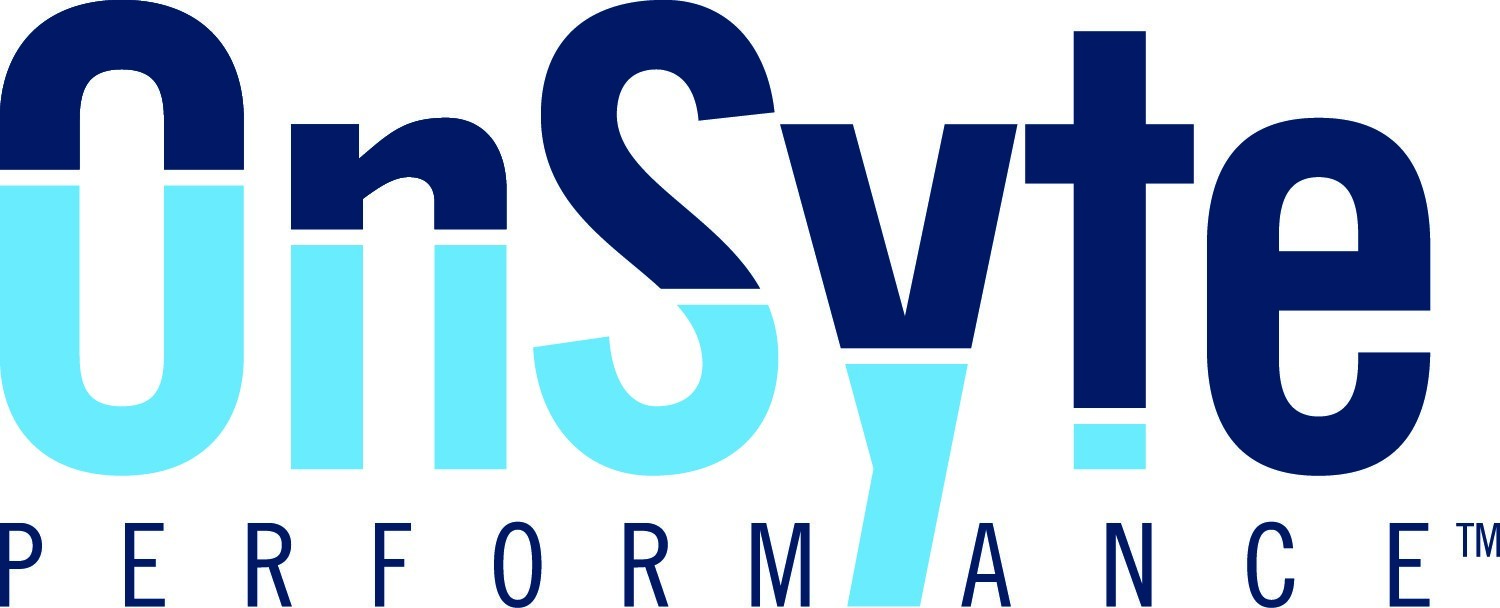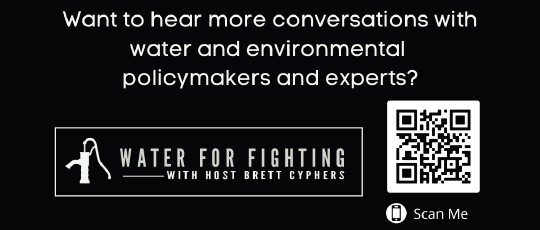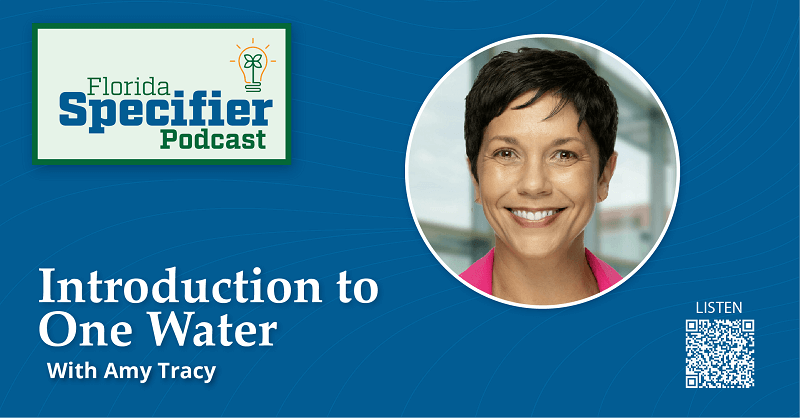BY JOHN J. FUMERO AND SUSAN R. MARTIN
The Florida Legislature passed landmark legislation, CS/HB 1073, during Florida’s 2024 legislative session regarding wetland mitigation and water quality banking.
Simply stated, the unavailability of mitigation bank credits in certain regions of Florida. such as Miami-Dade and Broward counties, and unavailability of land for the construction and operation of wetland mitigation banks, has set the stage to facilitate mitigation banking on public lands.
In addition, the Florida Department of Environmental Protection’s (FDEP) comprehensive stormwater rule that relates to environmental resource permit requirements for water quality treatment was ratified by the legislature. Hence, expanding availability of water quality banking, now known as Water Quality Enhancement Areas, to private sector end-users should expand the regulatory “toolbox” available to permit applicants in addressing stormwater quality regulations.
Wetland Mitigation Banks
Under this legislation, mitigation banks are authorized to be permitted, operated, and maintained by a private sector entity, on local government lands, through a competitive procurement process. Mitigation banking is a practice in which an environmental enhancement and preservation project is conducted by a governmental or private entities pursuant to an environmental resource permit (ERP) and Army Corps of Engineers permit him to provide mitigation for unavoidable environmental impacts within a defined region referred to as a mitigation service area.
Among other things, this year’s legislation provides that “It is the intent of the Legislature to allow limited use of local government land, including lands acquired for conservation, for private sector mitigation banks, provided that the private mitigation banks are located in “credit-deficient basin”.
A credit-deficient basin is defined as a drainage basin or hydrologic unit code region that has all the following features includes at least one of the following conditions:
- At least one mitigation bank has been permitted and established on lands not owned by a governmental entity, and bank no longer has the habitat type credits listed, such as forested freshwater, non-forested freshwater, and other habitat types referenced therein, available for purchase; There is a documented shortage of either forested freshwater, non-forested freshwater, forested saltwater, or non-forested saltwater habitat type credits; and,
- Pending bank applications on private land or pending credit releases from mitigation banks on nongovernmental land” are unlikely to alleviate the credit shortage.”
If in a credit decision basin, a local government can consider a proposal from a private entity to establish a mitigation bank. This includes lands purchased for conservation purposes, “provided acquisition encumbrances do not exist to the contrary.” Consideration of mitigation bank proposals by a local government must occur through a competitive process authorized under Chapter 287, Florida Statutes, including a request for proposals or unsolicited public private partnership process. The legislation does not apply to lands owned by the state or a water management district. The term local government includes a county, municipality, special district, as those terms are defined in section 165.031, Florida Statutes.
Under current circumstances, there are regions in Florida where wetland mitigation credits to offset unavoidable adverse impacts to wetlands and other surface waters are not currently available, thereby severely limiting development and economic growth. To address this shortage, in 2019, the legislature passed HB 521, amending statute to create more opportunities for mitigation on local government land. which authorized local governments to allow permittee responsible mitigation, (on project-by-project basis, to be undertaken on public lands purchased for conservation, when state and federal mitigation credits are not available.
Water Quality Enhancement Areas
The 2024 legislation now authorizes private sector entities to purchase the same credits that are currently only available to public sector entities in accordance with the same requirements and constraints in the existing 2023 legislation which created Water Quality Enhancement Areas (WQEAs). A water quality enhancement area is “a natural system constructed, operated, managed, and maintained for the purpose of providing offside regional treatment for which enhancement credits may be provided pursuant to a water quality enhancement area permit…,” according to statute . Generally, they refer to water quality banking or credit trading, a market-based approach to attaining water quality improvements.
WQEAs can offer pragmatic, cost-effective options in the “regulatory toolbox” for addressing the multitude of water quality initiatives in the State of Florida. Water quality credits can help the regulated community, including local governments, achieve their water quality goals at a reduced cost, or in some instances where options are limited by land cost or availability.
The State of Florida has been building toward this framework. The Florida Environmental Reorganization Act of 1993 established Florida as a national leader in wetland mitigation banking. In 2020, the legislature passed the Florida Clean Waterways Act, which required FDEP to revise stormwater regulations and water quality criteria, which led to ERP water quality requirements. Two years later, HB 965 was signed into law, designed to modernize and bolster water quality enhancement efforts, though limited to public entities.
Florida Statutes 373 and Florida Administrative Code Ch. 62-330 require applicants for an ERP to offer reasonable assurances their activities do not create adverse water quality impacts. To do this, applicants include surface water management systems in their project designs, which are designed to manage and treat stormwater to impact water quality.
Considering the multiple Basin Management Action Plans (BMAPs), Total Maximum Daily Loads (TMDLs), numeric nutrient criteria and other federal and state agency initiatives, now is the time to develop these tools for achieving water quality regulatory standards. A BMAP allocates pollutant reductions to individual basins, to all basins, or to each identified point source or category of nonpoint sources. Indeed, with BMAPs establishing the stakeholders’ action plan for achieving water quality goals in each basin, and TMDLs establishing the total loading in any given water body, water quality credit trading opportunities can serve quite well within the existing regulatory and planning framework in the State of Florida.
One of the lessons learned from wetland mitigation banking is that there are benefits to be gained by addressing water resource issues on a regional, rather than project-by-project basis. These same opportunities may exist with the creation of WQEAs. Stated another way, establishing professionally managed, large-scale stormwater treatment areas with specified performance and success criteria, to find service areas water quality monitoring requirements, long-term financial assurances, and units of measure or credits.
John J. Fumero and Susan R. Martin are both shareholders Nason Yeager Gerson Harris & Fumero, P.A. where they practice environmental and administrative law. Both are board certified in state and federal administrative practice and are frequent authors and speakers. Both participated in drafting this legislation.




